Galangal grows a lot on the banks of rice fields and at the canals of Giong Rieng commune.
In those days, galangal was not only used as a spice, it was also a shade for chickens to find worms, and a place for children to play hide and seek. When my mother came home from the market, she would bring a bunch of fresh galangal, chop it into small pieces and put it in the pot of braised fish. The aroma would let out and she knew the family was about to have a delicious meal.
Galangal flowers have a rustic beauty and are very fragrant.
My grandmother told me that during the war, the dense galangal bushes also helped protect the soldiers and the commune's guerrilla groups from enemy encirclement. Among the trails marked by the footsteps of people carrying food supplies, there were also paths camouflaged with galangal leaves and stems, from which the soldiers safely passed through the enemy's sight and escaped fierce sweeps.
Galangal.
The galangal gardens on the banks of the fields, behind the houses, in the land along the canals of my hometown during the war years, were where people hid weapons, sheltered cadres, and built huts to cook rice for the soldiers.
Fathers and uncles also passed through these galangal bushes when they went to the war zone, and galangal became a part of the memories of those difficult days of struggle.
Ms. Thi Thu Hanh, residing in Giong Da hamlet, has chosen galangal as her livelihood for 15 years.
Now, Giong Rieng has changed. In the old fields, people not only grow rice and raise fish, but also grow galangal for additional livelihood. The young, unflowered core (galangal shoots) are picked, washed, and tied into bunches. The crispy, cool galangal shoots are stir-fried with buffalo meat, beef, or put into fish sauce hotpot, which is enough to make people exclaim. Thanks to this, many families have more income to support their children's education.
Every time I have a chance to work in Giong Rieng commune, I see Ms. Hanh in the hamlet standing in the middle of the galangal garden, her hands nimbly cutting the shoots, her mouth laughing: "Before, I only kept galangal to eat at home, who would have thought that now I can sell it for money". That laughter is filled with the afternoon sun, making the listener's heart feel strangely warm.
Ms. Hanh said that last month, a research team from a university came back and brought galangal to study the extraction of essential oils for medical purposes. It was a joy to see that the galangal plant from my hometown was able to step into the laboratory. Who knows, maybe someday it will become one of the health care products.
Galangal shoots are processed to get the young core, a clean vegetable used to make many delicious dishes.
Galangal shoots are not only a food, but also a gift from the earth for health. Eating galangal shoots helps cool down, stimulates digestion, warms the stomach on rainy days, and also contains a lot of fiber that is good for the intestines. People often pick them to stir-fry with meat, cook sour with snakehead fish or dip them in braised fish sauce, steamed fish sauce...
Galangal not only has many medicinal properties but is also a spice that makes many dishes more delicious.
Galangal is not only a spice in dishes, but also a medicine. Ancient people used galangal to help warm the body, treat colds, relieve stomachaches, fight bacteria and aid digestion. Galangal is also boiled in bath water for people who have just recovered from illness, dispelling fatigue. Now, with the hands of researchers, galangal also promises to bring essential oil products for medicine, opening new doors for this simple plant.
Currently, Giong Rieng galangal has become a 3-star certified OCOP product, registered as a trademark, and brought to the fair. Giong Rieng galangal is not only a brand, but also an affirmation that seemingly simple products can still go far, if loved and preserved.
Galangal shoots are used to stir-fry with braised tripe and buffalo meat.
I think, there are plants that are like close friends of the countryside, silently staying, witnessing all the changes. The galangal tree in Giong Rieng is like that. It keeps the memories of the old seasons, nourishes the life of today and who knows, will go further in the future.
In the gentle breeze, amidst the laughter of the villagers, I suddenly felt the scent of galangal permeating my breath and my skin. A scent that was both familiar and strange, both the soul of the past and the joy of the new, the scent of Giong Rieng, of my forever homeland.
Article and photos: DANG LINH
Source: https://baoangiang.com.vn/ngo-rieng-ky-uc-va-niem-vui-hom-nay-a426081.html



















![[Photo] President Luong Cuong attends special political-artistic television show "Golden Opportunity"](https://vstatic.vietnam.vn/vietnam/resource/IMAGE/2025/8/22/44ca13c28fa7476796f9aa3618ff74c4)

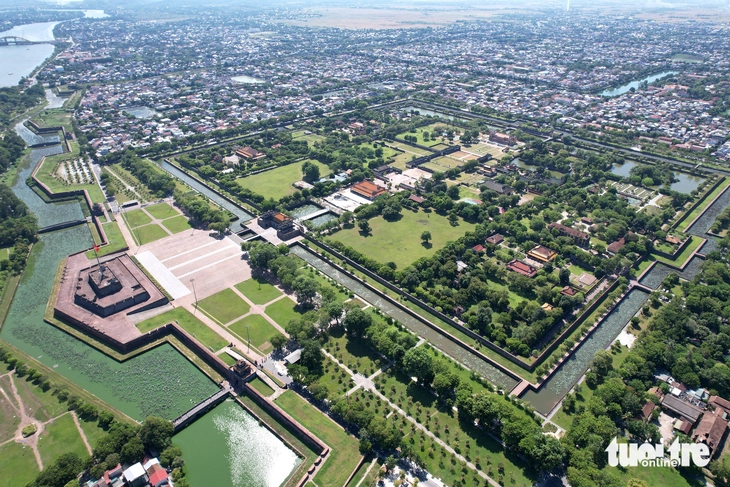






































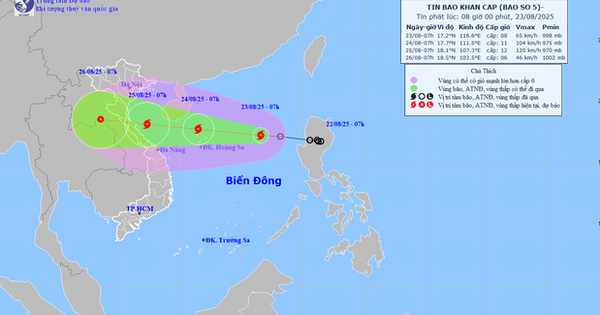




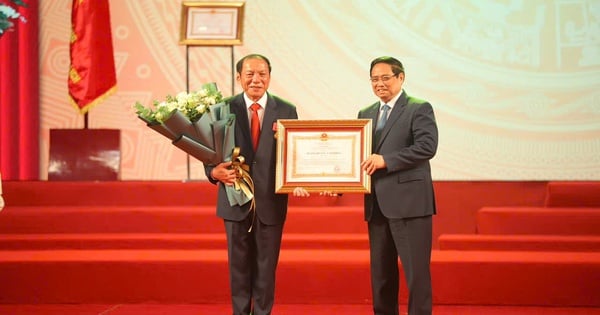




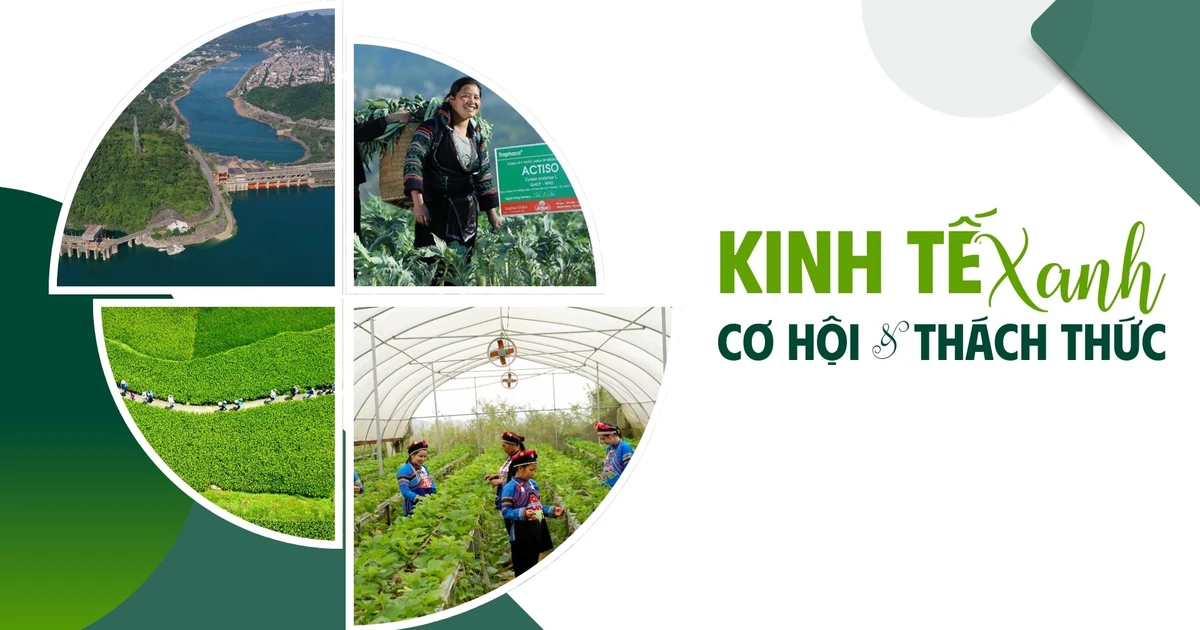


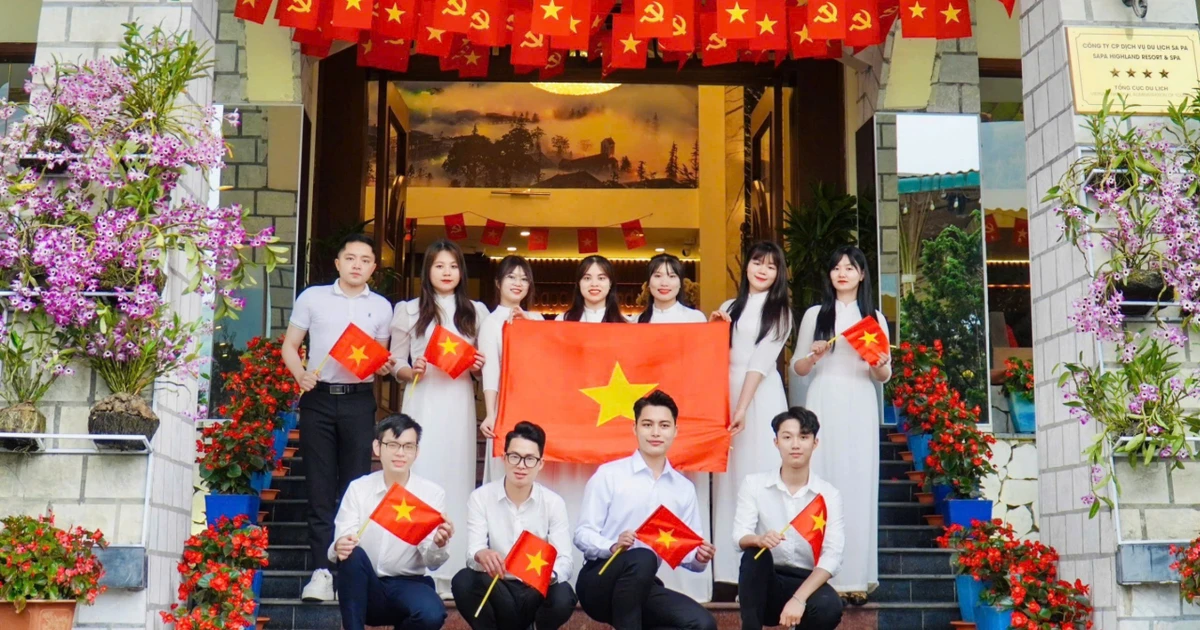
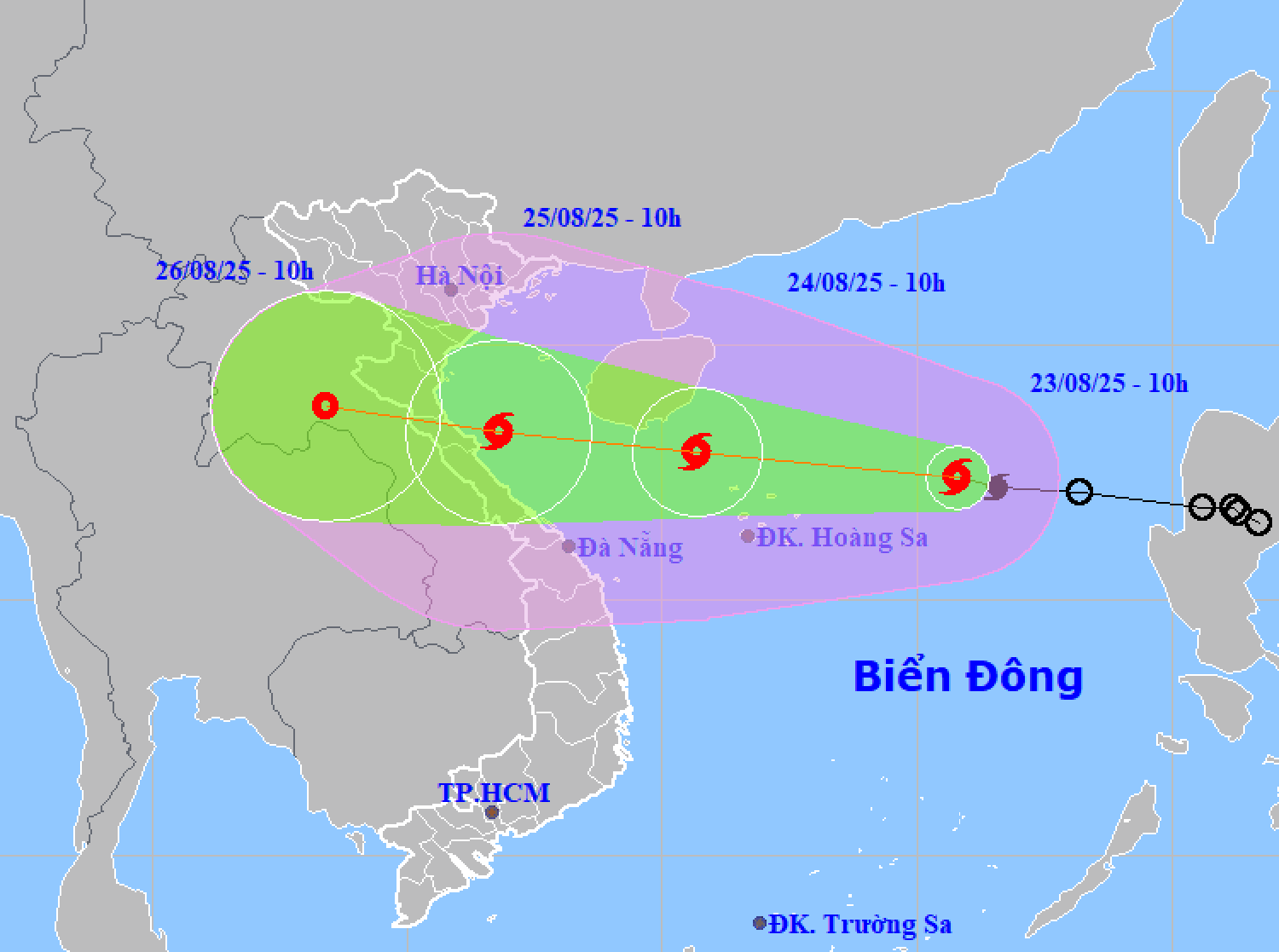









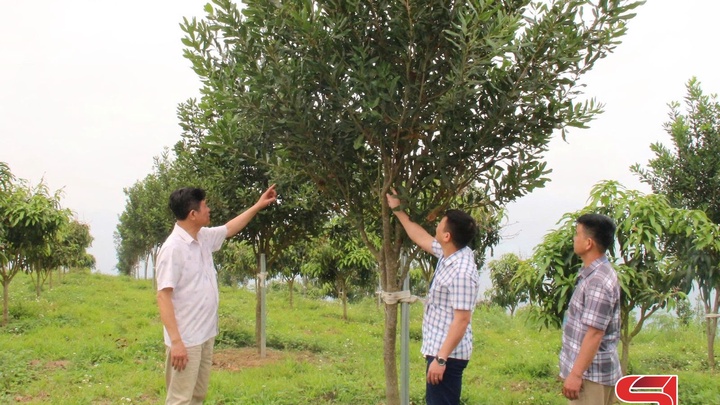







Comment (0)